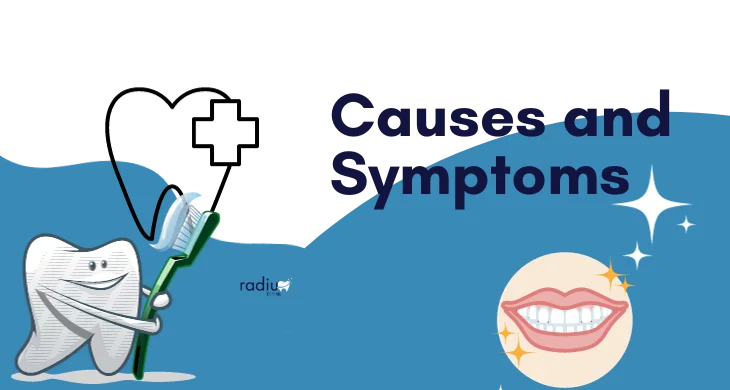Oral pathology covers a broad spectrum of conditions impacting the oral cavity. These can vary in severity, from harmless to potentially dangerous. Recognizing their underlying causes and identifying their symptoms is of paramount importance for early detection and effective treatment.
Oral Cancer: A Grave Concern
Among the gravest concerns in oral pathology lies oral cancer. It emerges from the uncontrolled growth and mutation of cells within the mouth, culminating in the formation of a malignant tumor. Detecting it in its early stages substantially enhances the likelihood of a successful treatment outcome.
Periodontal Disease: Beyond Gum Troubles
Periodontal diseases extend beyond simple gum issues, encompassing infections of the supporting structures around the teeth. This includes the gums, periodontal ligament, and alveolar bone. A significant contributing factor is inadequate oral hygiene, which can lead to inflammation and, in severe cases, even result in tooth loss.
Canker Sores: Common but Painful
While canker sores are prevalent, they can cause considerable discomfort. These tiny, superficial ulcers develop within the mouth, frequently appearing on the inner cheeks, lips, or tongue. Although the precise cause is not entirely understood, elements such as stress, tissue injury, and specific dietary choices may play a role in their occurrence.
Oral Thrush: Candida Overgrowth
Oral thrush, brought about by the Candida fungus, presents as milky white patches on the tongue and inner cheeks. It frequently impacts infants, the elderly, and individuals with compromised immune systems. Grasping its origins and recognizing the associated symptoms is pivotal in ensuring effective treatment and management.
Temporomandibular Joint Disorders (TMJ): A Painful Affliction
TMJ disorders influence the jaw joint and the adjacent muscles, resulting in pain and discomfort. Factors that contribute to this condition encompass teeth grinding, jaw clenching, and sometimes even arthritis. Identifying the early signs enables prompt intervention and alleviation of symptoms.
Salivary Gland Disorders: More Than Just Dry Mouth
Disorders of the salivary glands can give rise to various problems, spanning from dry mouth (known as xerostomia) to uncomfortable swelling. The causes are diverse, ranging from infections and blockages to systemic diseases. Effectively managing these conditions hinges on addressing the root cause.
Dental Caries: The Common Culprit
Dental caries, commonly known as cavities, represent a widespread oral pathology issue. They stem from the erosion of tooth enamel caused by bacteria that produce acid. Swift recognition and intervention are imperative in order to avert additional damage to the tooth.
Leukoplakia: White Patches of Concern
Leukoplakia manifests as white patches on the tongue, gums, or inner cheek. Although not always cancerous, it can serve as a warning sign for potential oral cancer. Recognizing the potential risks and seeking professional evaluation is of utmost importance.
FAQs
- Can periodontal disease be helped?
- Yes, maintaining good oral hygiene practices similar to habitual brushing, flossing, and professional cleanings can help prevent periodontal disease.
- Are canker sores contagious?
- No, canker sores aren’t contagious. They aren’t caused by a virus or bacteria, but rather by colorful triggers like stress or certain foods.
- Is oral thrush a serious condition?
- While oral thrush is normally not serious in healthy individuals, it can be a sign of a beginning health issue in those with weakened vulnerable systems.
- How is TMJ disorder diagnosed?
- TMJ disorder is diagnosed through a combination of clinical examination, medical history review, and now imaging tests likeX-rays or MRI checkups.
- What are some common treatments for dental caries?
- Treatment for dental caries normally involves removing the decayed portion of the tooth and filling the cavity with a dental material, similar as compound resin or blend.
Conclusion
Understanding prevalent oral pathology conditions, their origins, and symptoms equips individuals to proactively safeguard their oral health. Early identification and timely intervention are paramount for effective management. Keep in mind that routine dental check-ups and maintaining excellent oral hygiene are fundamental in both prevention and addressing these conditions.

